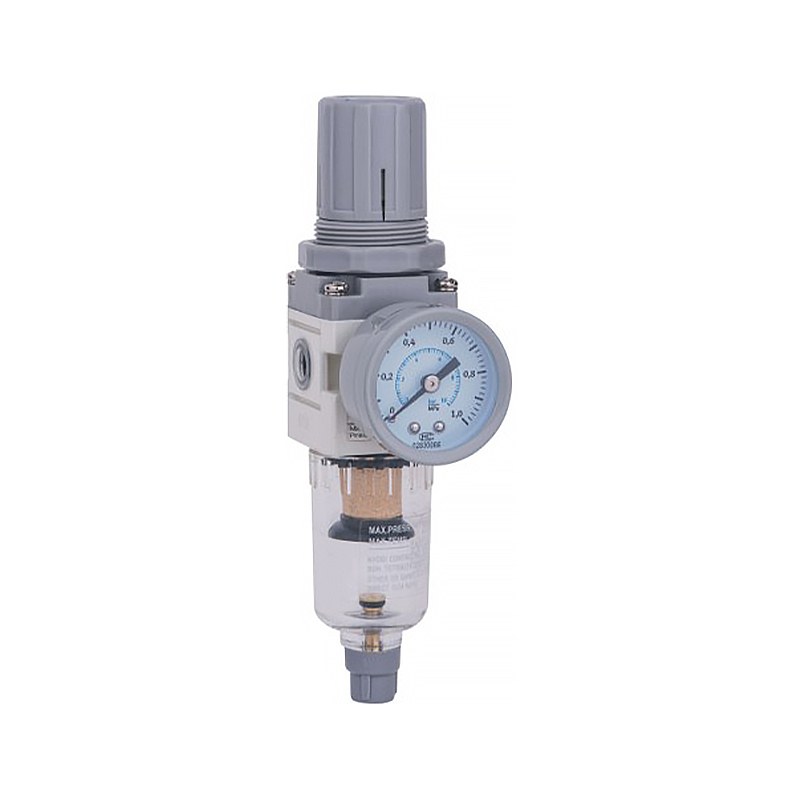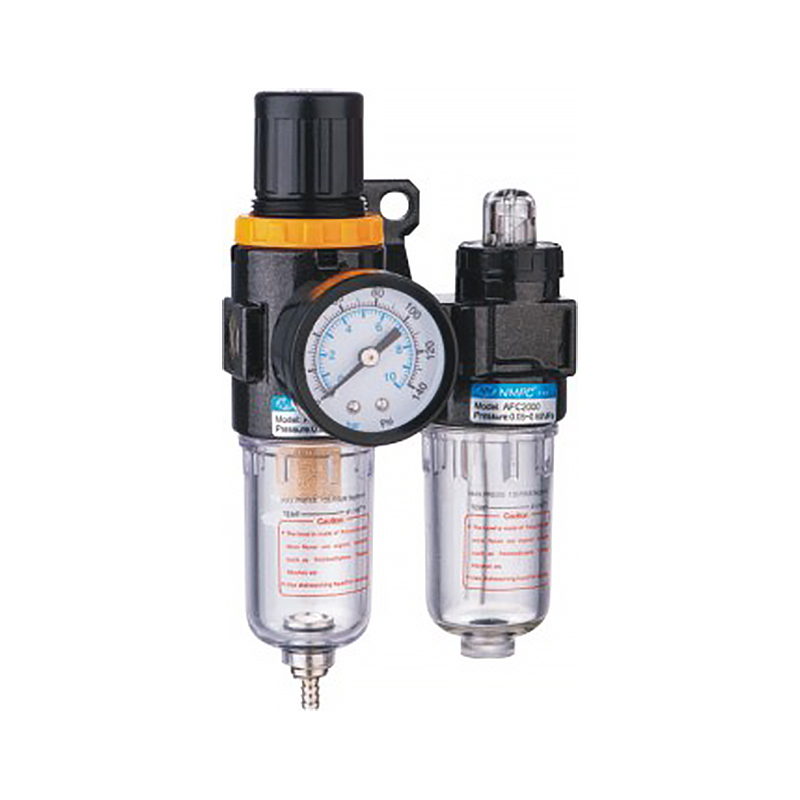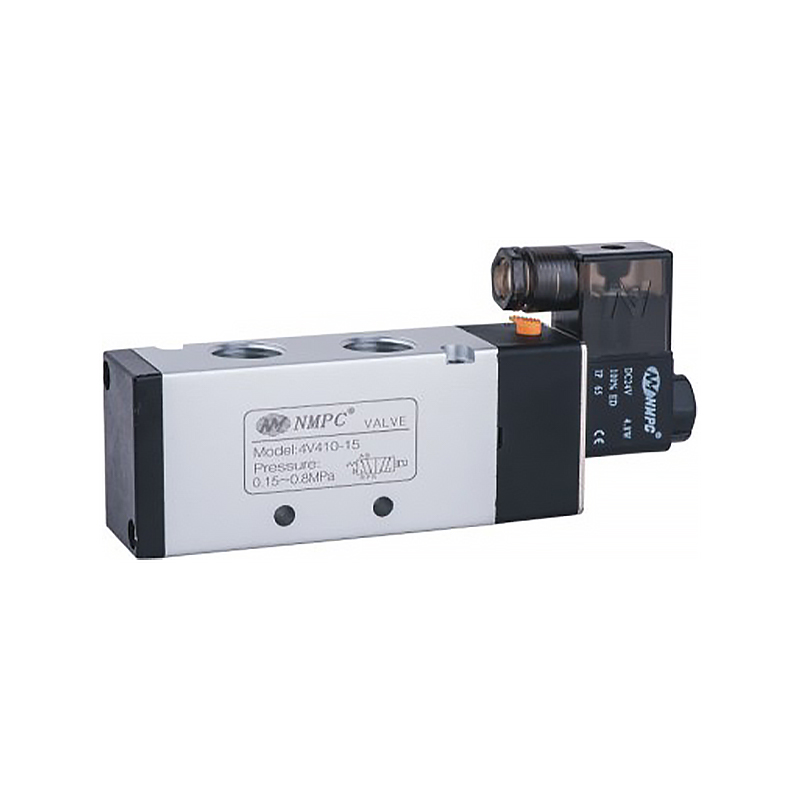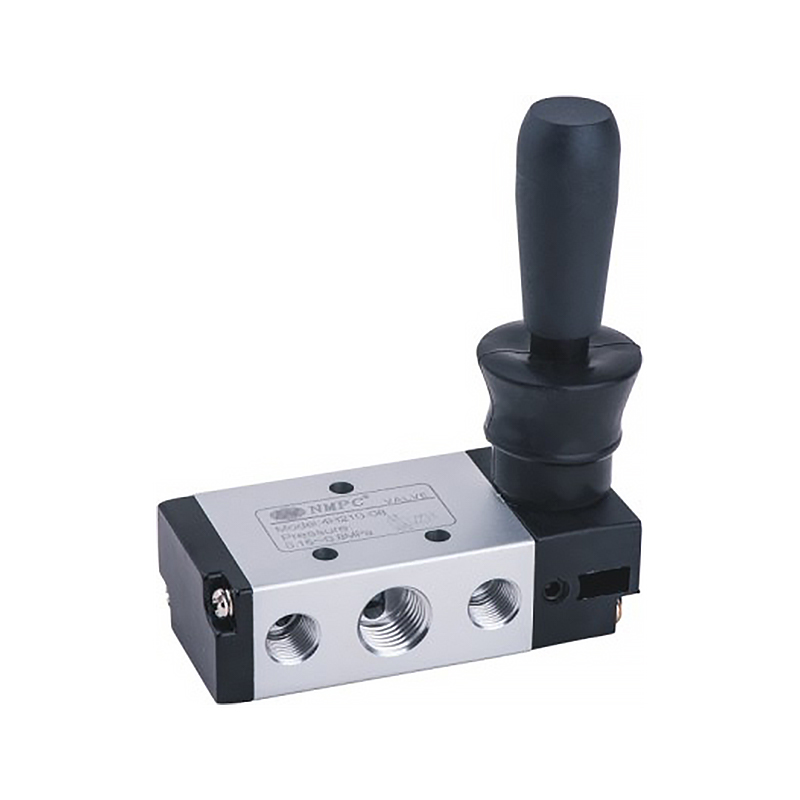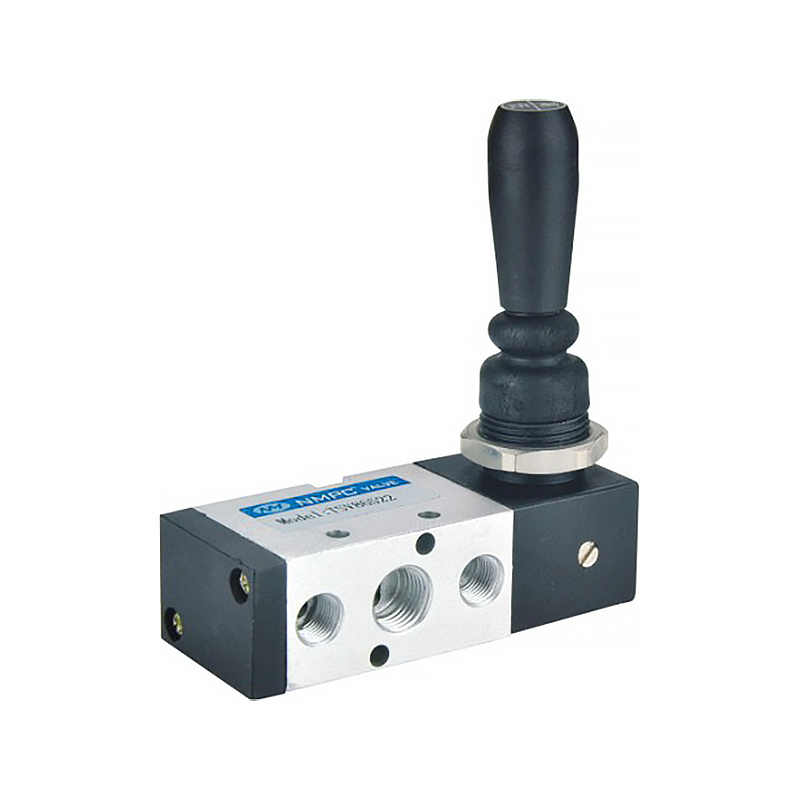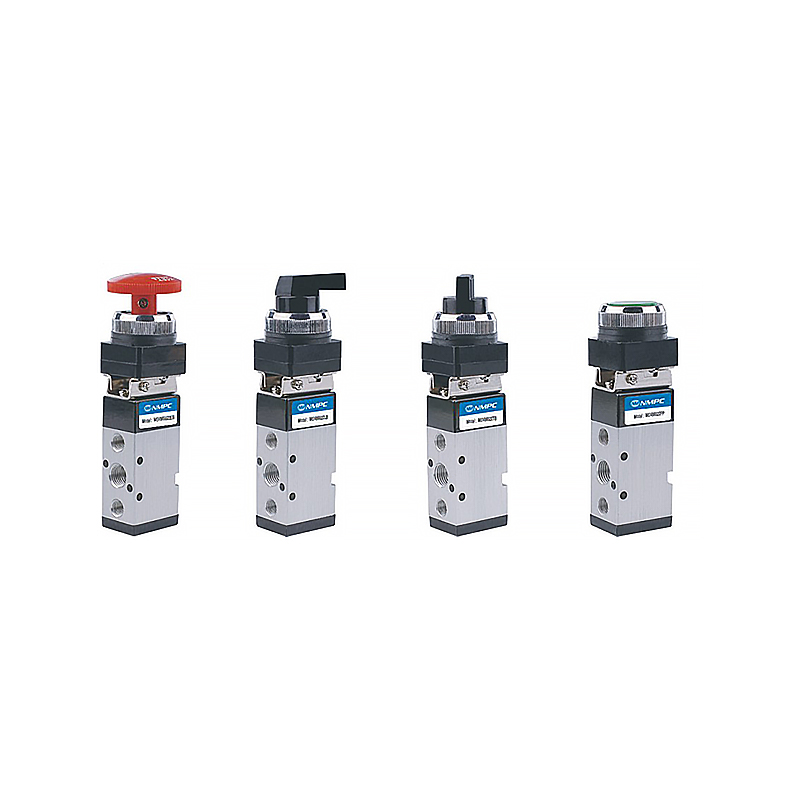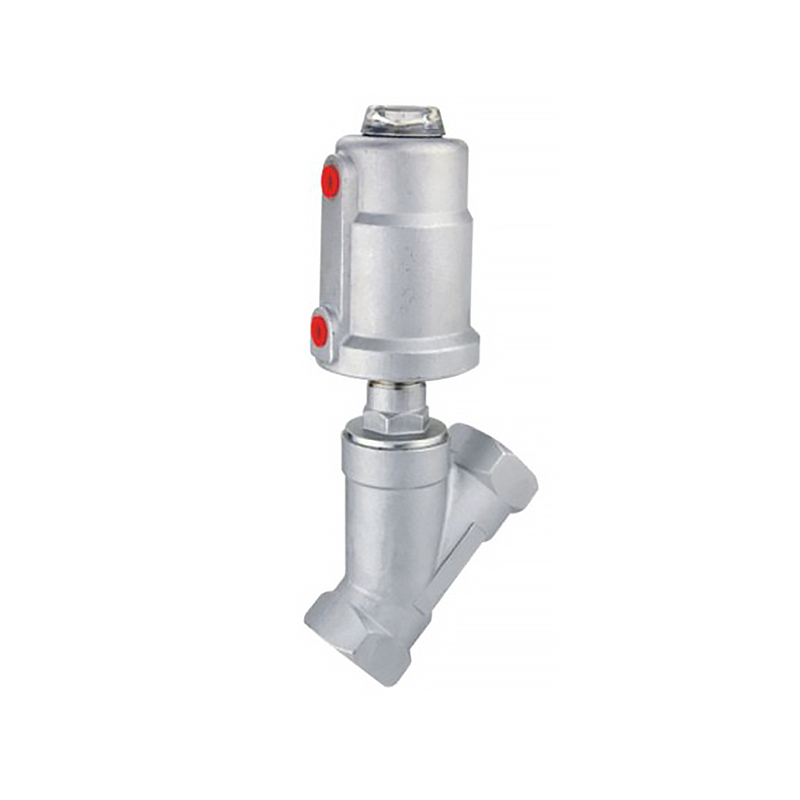Copyright 2022 © Ningbo Xinmadi Automation Technology Co., Ltd. All Rights Reserved.

The failure of the solenoid valve will directly affect the action of the switching valve and the regulating valve. The common failure is that the solenoid valve does not operate. The following aspects should be checked:
1. The wiring head of the solenoid valve is loose or the thread ends fall off, the solenoid valve cannot be powered, and the thread ends can be tightened.
2. The coil of the solenoid valve is burnt out. The wiring of the solenoid valve can be removed and measured with a multimeter. If the circuit is open, the coil of the solenoid valve is burnt out. The reason is that the coil be affected with damp, which will cause poor insulation and magnetic flux leakage, which will cause excessive current in the coil and be burned down. Therefore, rainwater should be prevented from entering the solenoid valve. In addition, the spring is too hard, the reaction force is too large, the number of turns of the coil is too small, and the suction force is not enough, which can also cause the coil to burn out. For emergency treatment, the manual button on the coil can be turned from "0" to "1" during normal operation to open the valve.
3. The solenoid valve is stuck:
The cooperation gap between the slide valve sleeve and the valve core of the solenoid valve is very small (less than 0.008mm), and it is usually assembled in a single piece. When mechanical impurities are brought in or there is too little lubricating oil, it is easy to get stuck. The treatment method is to use a steel wire to poke through the small hole in the head to make it bounce back. The fundamental solution is to remove the solenoid valve, take out the valve core and valve core sleeve, and clean it with CCI4 to make the valve core move flexibly in the valve sleeve. When disassembling, pay attention to the assembly sequence of the components and the position of the external wiring, so that the reassembly and wiring are correct, and check whether the oil spray hole of the lubricator is blocked and whether the lubricating oil is sufficient.
4. Leakage:
Air leakage will cause insufficient air pressure, making it difficult to open and close the forced valve. The reason is that the seal gasket is damaged or the slide valve is worn, resulting in air blowing in several cavities. When dealing with the solenoid valve fault of the switching system, an appropriate timing should be selected, and the processing should be carried out when the solenoid valve is de-energized. If the processing cannot be completed within a switching gap, the switching system can be suspended and handled calmly.

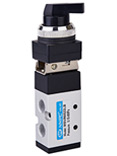
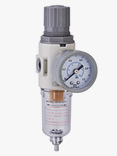
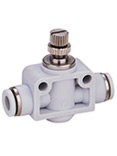

 简体中文
简体中文 English
English